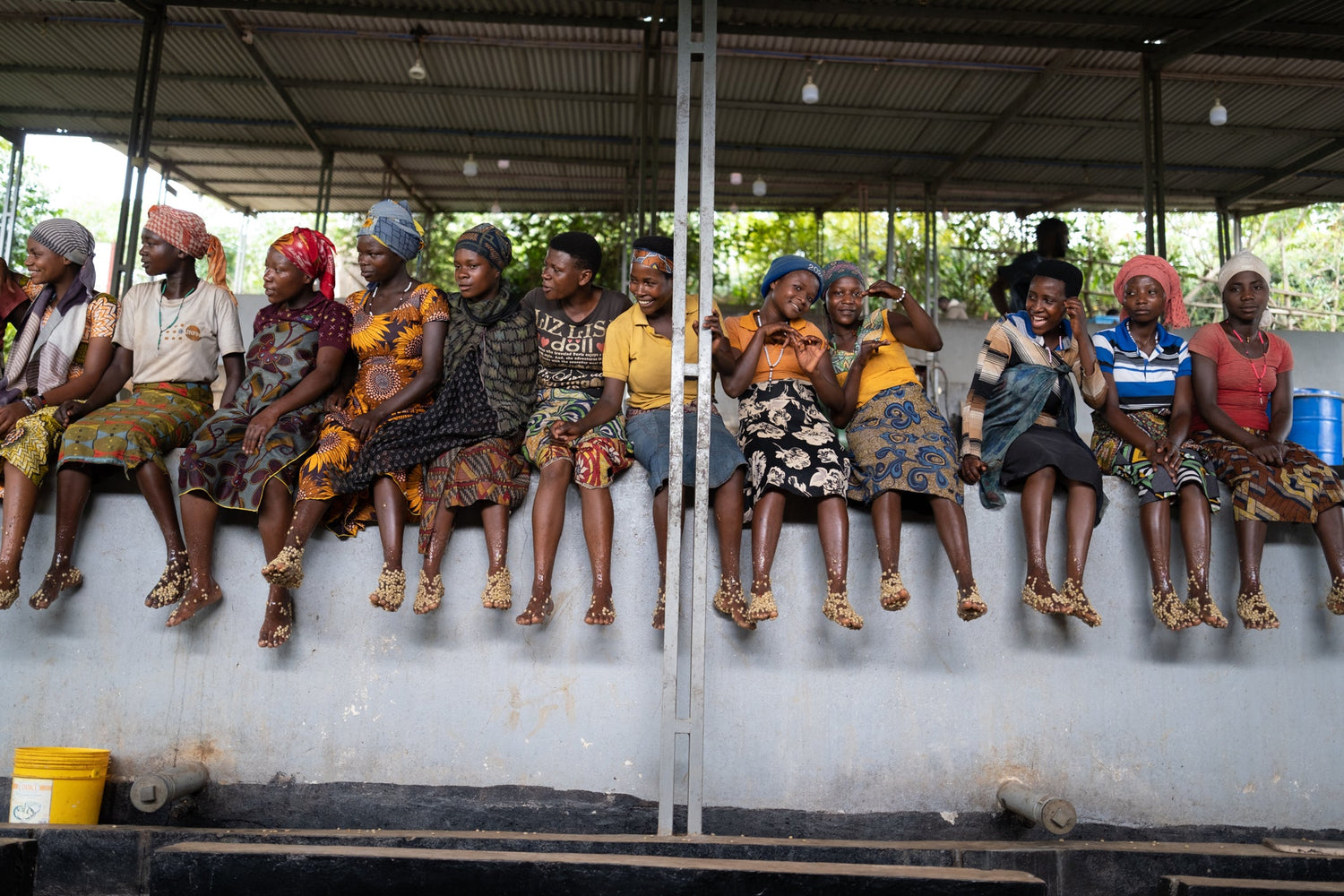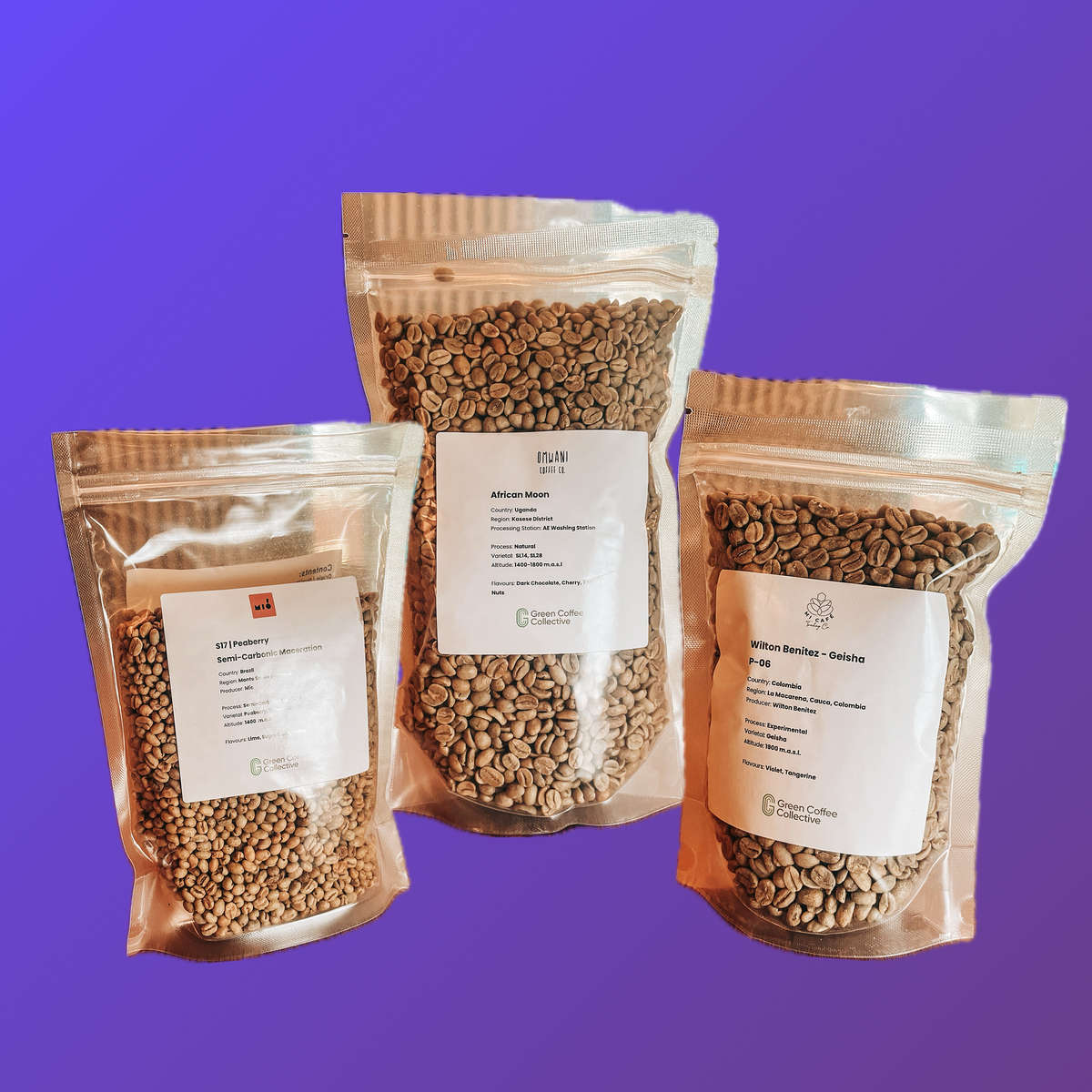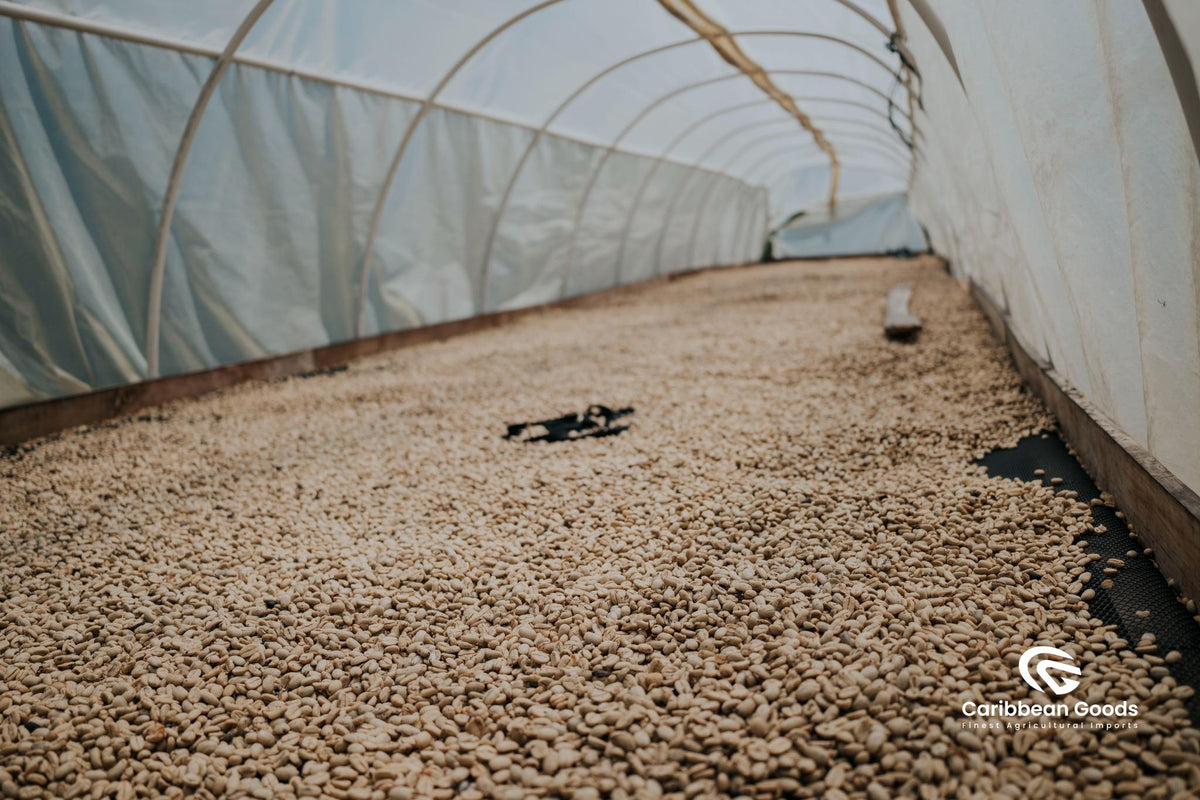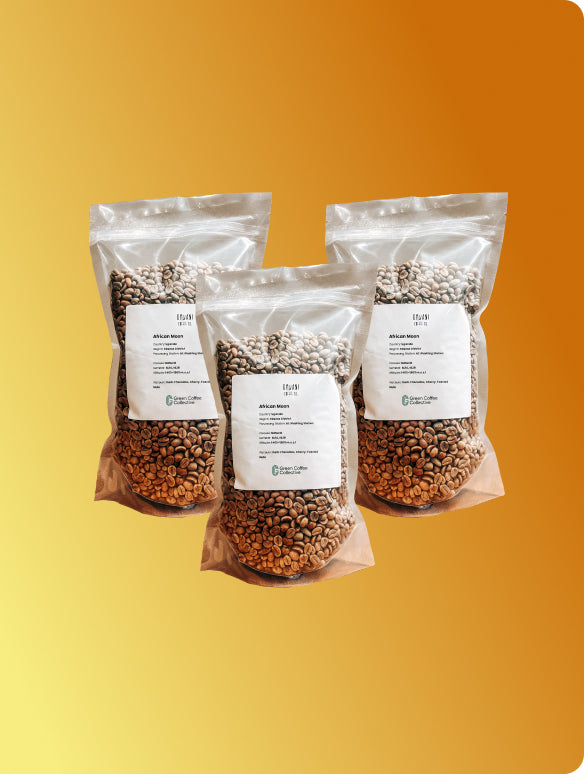
Burundi Green Coffee Beans
Grown at high altitudes, Burundi green coffee beans are prized for their bright acidity and complex flavours. Nearly all production focuses on arabica, particularly the bourbon varietal, offering fruity and floral notes. Sourced from smallholder farms, these beans reflect the care of local communities and traditional washed processing. Our selection includes wholesale Burundi green coffee for larger operations, as well as smaller 1kg batches for testing and sampling.
-
Explorer - Rolling Green Bean Subscription
Processing methodVarietalMultipleMain flavour notesVaries from each coffee
Your guide to Burundi Green Coffee Beans
-
What’s your relationship with Burundi and its coffee producers?
-
How do you work with Burundian producers to ensure sustainability and quality improvements?
-
Can you facilitate custom sourcing for specific Burundi regions or processing methods?
-
Discover the Distinctive Edge of Burundi Green Coffee Beans
-
Why Burundi Green Coffee Beans Are Famous
-
Why Roasters Love Burundi Green Coffee Beans
-
Flavor Profile & Cupping Notes
-
Coffee-Growing Regions of Burundi
-
Varietals & Species
-
Harvest Seasons & Availability
-
Processing Methods in Burundi
-
Notable Varieties of Burundi Green Coffee Beans
-
Usage & Versatility of Burundi Green Coffee Beans
-
Best Brewing Methods for Burundi Green Coffee Beans
-
Quality Standards for Green Coffee Beans in Burundi
-
Sourcing & Traceability
-
Buy 100% High-Quality Burundi Green Coffee Beans
-
What role does altitude play in the quality of Burundi Green Coffee Beans?
-
What processing methods are commonly used for Burundi green coffee beans?
-
How do you ensure the quality and consistency of your Burundi green coffee beans?
-
What is the coffee harvest season in Burundi, and when does the new crop typically arrive in the UK/Europe?
-
Why are Burundi Green Coffee Beans considered a hidden gem in the coffee world?




